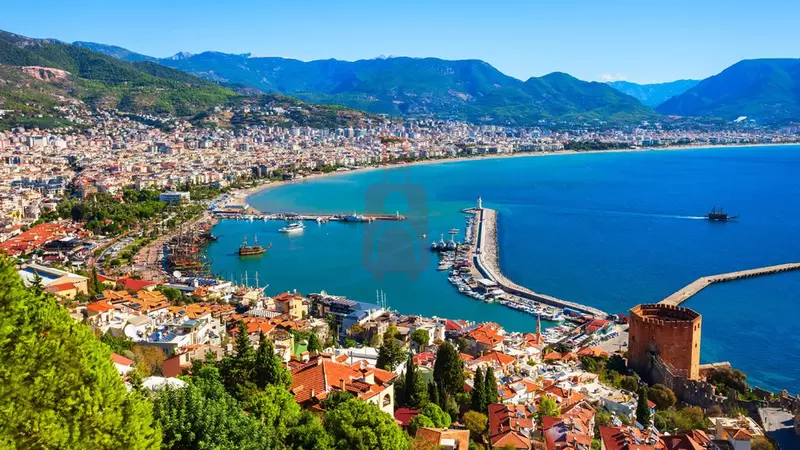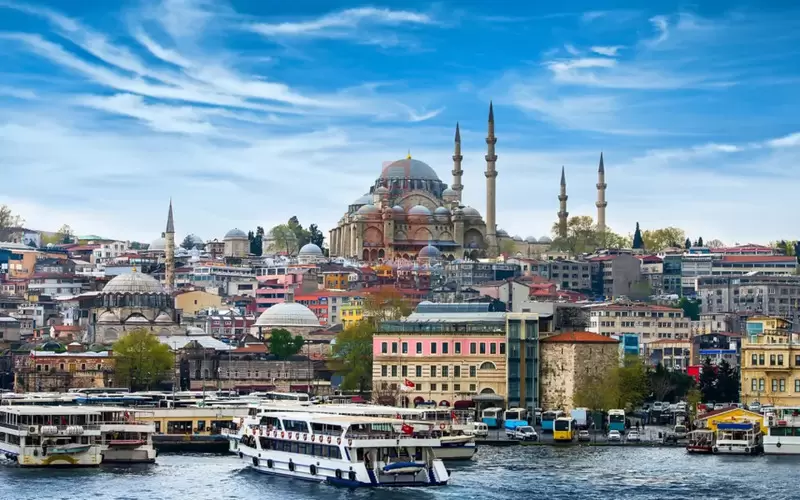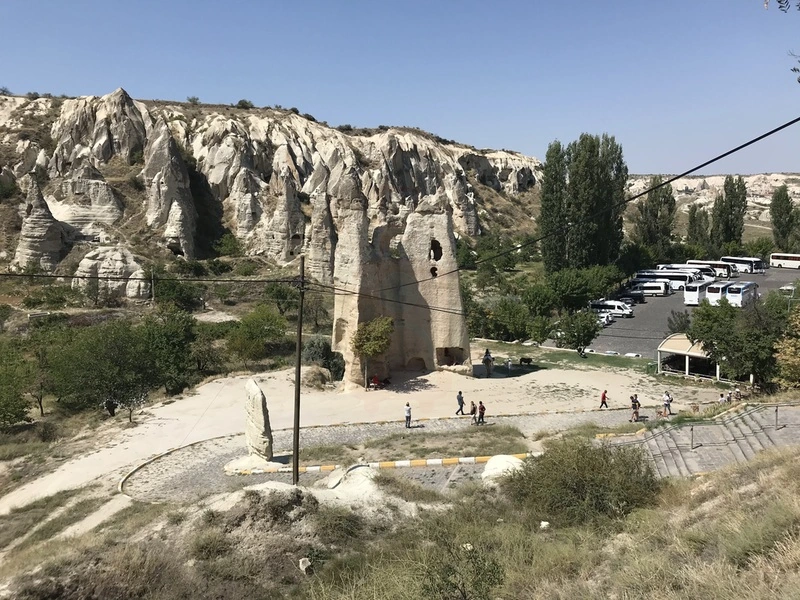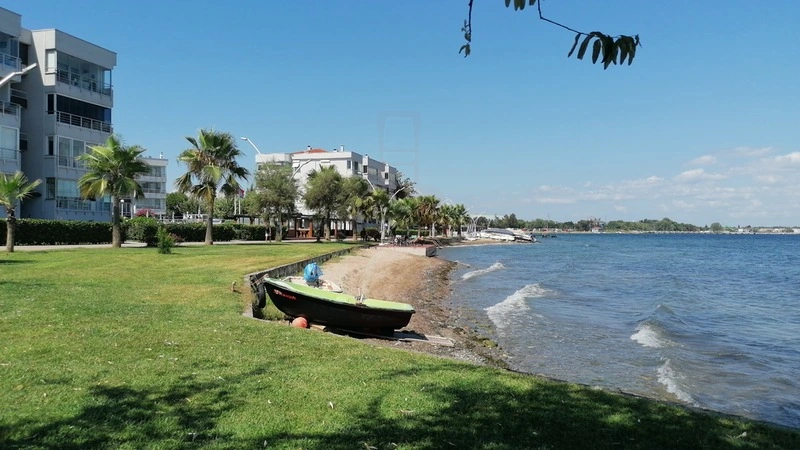Adam Mickiewicz Museum, Istanbul
Adam Mickiewicz Museum, Istanbul (Turkish: Adam Mickiewicz Müzesi) is a museum in Istanbul, Turkey, dedicated to the Polish poet, writer, and philosopher Adam Mickiewicz. The museum is located in the former home of Mickiewicz's friend, the Polish painter Piotr Michałowski. The museum was founded in 1955, and has a collection of over 5,000 objects, including manuscripts, letters, books, and paintings. The museum also has a library, a research center, and a gift shop.
Adalar Museum
Adalar Museum (Turkish: Adalar Müzesi) is a museum in Istanbul, Turkey, dedicated to the history of the Princes Islands. The museum is located in the former governor's palace on Büyükada, the largest of the islands. The museum was founded in 1965, and has a collection of over 1,000 objects, including paintings, photographs, and documents. The museum also has a library, a research center, and a gift shop.
Iğdır Genocide Memorial and Museum
Iğdır Genocide Memorial and Museum (Turkish: Iğdır Soykırım Anıtı ve Müzesi) is a memorial and museum in Iğdır, Turkey, dedicated to the memory of the victims of the Armenian genocide. The memorial was built in 2015, and the museum was opened in 2017. The memorial consists of a large stone monument, which is inscribed with the names of the victims. The museum contains a collection of artifacts, photographs, and documents related to the genocide.
Isparta Museum
Isparta Museum (Turkish: Isparta Müzesi) is a museum in Isparta, Turkey, dedicated to the history and culture of the city. The museum is located in the center of the city, near the Ulu Cami. The museum was founded in 1972, and has a collection of over 10,000 objects from the Neolithic, Bronze Age, Classical, Hellenistic, Roman, Byzantine, and Ottoman periods. The museum is divided into four sections: the pre-Ottoman section, the Ottoman section, the modern section, and the library. The pre-Ottoman section contains objects from the Neolithic, Bronze Age, Classical, Hellenistic, and Roman periods. The Ottoman section contains objects from the Byzantine and Ottoman periods. The modern section contains objects from the 19th and 20th centuries. The library contains books, journals, and manuscripts about the history and culture of Isparta.
İskenderun Naval Museum
İskenderun Naval Museum (Turkish: İskenderun Deniz Müzesi) is a museum in İskenderun, Turkey, dedicated to the history of the Turkish Navy. The museum is located in the former İskenderun Naval Base, and was opened in 2013. The museum has a collection of over 10,000 objects, including ships, aircraft, weapons, and uniforms. The museum also has a library, a research center, and a gift shop.
Hatay Archaeology Museum
Hatay Archaeology Museum (Turkish: Hatay Arkeoloji Müzesi) is a museum in Hatay, Turkey, dedicated to the archaeology of the region. The museum is located in the city of Antakya, and was opened in 1948. The museum has a collection of over 100,000 objects from the Neolithic, Bronze Age, Classical, Hellenistic, Roman, Byzantine, and Ottoman periods. The museum is divided into three sections: the pre-Ottoman section, the Ottoman section, and the modern section. The pre-Ottoman section contains objects from the Neolithic, Bronze Age, Classical, Hellenistic, and Roman periods. The Ottoman section contains objects from the Byzantine and Ottoman periods. The modern section contains objects from the 19th and 20th centuries.
Giresun Museum
Giresun Museum (Turkish: Giresun Müzesi) is a museum in Giresun, Turkey, dedicated to the history and culture of the city. The museum is located in the center of the city, near the Ulu Cami. The museum was founded in 1947, and has a collection of over 10,000 objects from the Neolithic, Bronze Age, Classical, Hellenistic, Roman, Byzantine, and Ottoman periods. The museum is divided into five sections: the pre-Ottoman section, the Ottoman section, the modern section, the library, and the garden. The pre-Ottoman section contains objects from the Neolithic, Bronze Age, Classical, Hellenistic, and Roman periods. The Ottoman section contains objects from the Byzantine and Ottoman periods. The modern section contains objects from the 19th and 20th centuries. The library contains books, journals, and manuscripts about the history and culture of Giresun. The garden contains a collection of plants and flowers from the region.
Gaziantep Museum of Archaeology
Gaziantep Museum of Archaeology (Turkish: Gaziantep Arkeoloji Müzesi) is a museum in Gaziantep, Turkey, dedicated to the archaeology of the region. The museum is located in the center of the city, near the Ulu Cami. The museum was founded in 1938, and has a collection of over 40,000 objects from the Neolithic, Bronze Age, Classical, Hellenistic, Roman, Byzantine, and Ottoman periods. The museum is divided into three sections: the pre-Ottoman section, the Ottoman section, and the modern section. The pre-Ottoman section contains objects from the Neolithic, Bronze Age, Classical, Hellenistic, and Roman periods. The Ottoman section contains objects from the Byzantine and Ottoman periods. The modern section contains objects from the 19th and 20th centuries.
Gaziantep Mevlevi Culture and Foundation Works Museums
Gaziantep Mevlevi Culture and Foundation Works Museums (Turkish: Gaziantep Mevlevi Kültür ve Eserleri Müzesi) is a museum in Gaziantep, Turkey, dedicated to the Mevlevi Order. The museum is located in the former Mevlevihane complex, which was built in the 17th century. The museum has a collection of over 2,000 objects, including manuscripts, books, musical instruments, and clothing. The museum also has a library, a research center, and a gift shop.
Zeugma Mosaic Museum
Zeugma Mosaic Museum (Turkish: Zeugma Mozaik Müzesi) is a museum in Gaziantep, Turkey, dedicated to the mosaics of the ancient city of Zeugma. The museum is located in the Zeugma Archaeological Site, and was opened in 2011. The museum has a collection of over 1,200 mosaics, including some of the largest and most beautiful mosaics in the world. The mosaics depict scenes from Greek mythology, Roman history, and everyday life in Zeugma. The museum also has a library, a research center, and a gift shop.









